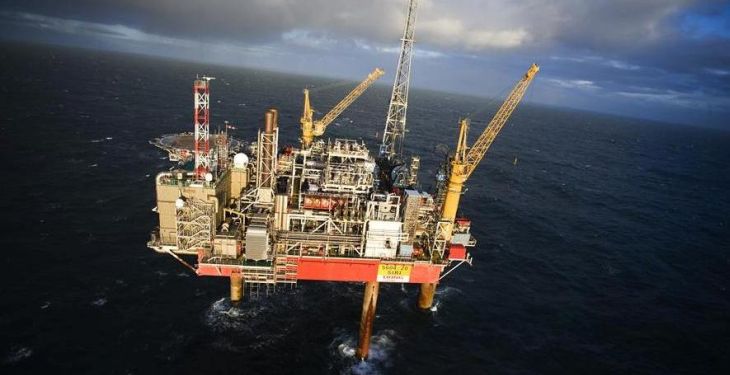A study performed by the consultancy company EY among 1.700 companies shows that more than half of the respondents active in oil and gas are planning at least one transaction, an identical share being recorded and among operators with economic activities in energy and utilities.
“The global prospects of mergers and acquisitions market (M&A) remain positive, given that 50% of companies intend to carry out transactions this year, according to the fourteenth edition of the EY Global Capital Confidence Barometer (CCB) study. Reaching the seventh year of existence, the barometer CCB has identified a strong appetite for concluding transactions and alliances and highly competitive M&A scenery, where almost a third of the executives surveyed (28%) expect the appearance of new unsolicited offers in the next 12 months,” show EY analysts.
The trend towards acquisitions and alliances among companies, that will continue next year, appears amid a prolonged period of “uncertain economic development, coupled with the disruptive phenomena in certain markets […] Given the pressure upon the prices and the pace of change, the organic growth, most often, is no longer sufficient. Companies are increasingly inclined to conclude transactions and to form alliances to generate more revenue”, said Florin Vasilică, leader of the Transaction Advisory Department for EY Romania, according to a press release issued by the company.
“Besides transactions, 40% of companies are considering alliances to help them cope with the impact digital of transformation of the business environment in which they operate. Alliances are increasingly seen as a mean by which you can benefit from the experience of other companies. They offer a more informal approach, a lower risk, which allows companies to respond quickly to market changes. Companies can enter and exit an alliance more easily than a merger or an acquisition”, added Florin Vasilică.
According to the research, technology and changing consumer preferences stimulates sectoral convergence and accelerates the emergence of new competitors in many industries, and this in turn feeds the desire to close transactions and review assets. Over a third of executives surveyed (37%) expect to increase forced sales next year. This trend is consistent with the behavior of companies in more and more sectors who focus on other areas and review their strategy, often for selling poorly performing assets.
In the context of a still modest economic growth, companies are looking to improve their prospects for growth outside their own country, 74% of them considering the conclusion of cross-border transactions. According to the survey results, companies continue to review their portfolios and assess areas in which they operate. Directors are interested to look outside areas of solid growth as they plan their investment strategies.
M&A transactions flows show that firms are exploring a variety of geographic regions to identify opportunities to support their strategic objectives. Western Europe is again the first option in their preferences, companies seeking to take advantage of relatively low financial ratings and cheaper financing in the region.
Regarding the Romanian market and its prospects, experts expect the increased degree of confidence in the domestic economy to be reflected by a sustained appetite for transactions and investment opportunities in Romania
“Romania is the third country in the region, both in terms of number of transactions recorded during 2015, but also in value. We expect that the increased degree of confidence in the Romanian economy to continue to be reflected by a sustained appetite for trading and investment opportunities in Romania. Already we are witnessing an interesting move in certain sectors due also to a larger more interest on the part of entrepreneurs vis-a-vis the transactions made by competitors, abundance of low-cost sources of funding and a greater number of investors interested in our country”, concluded Florin Vasilică.
